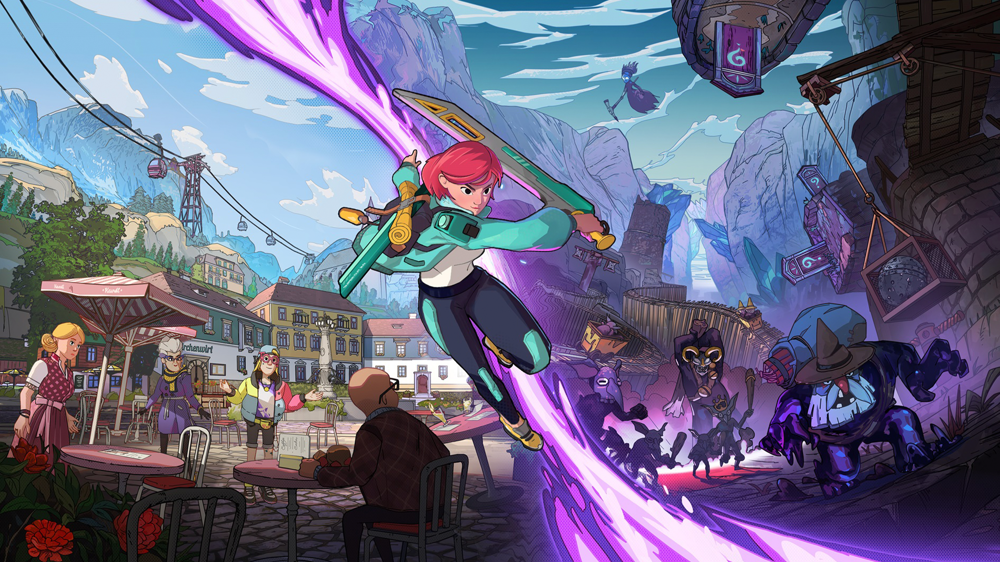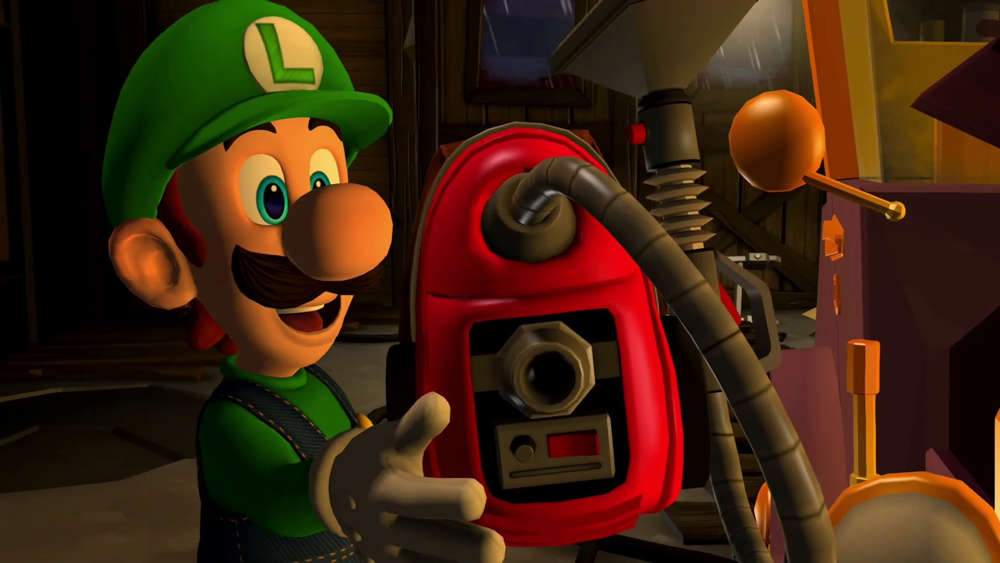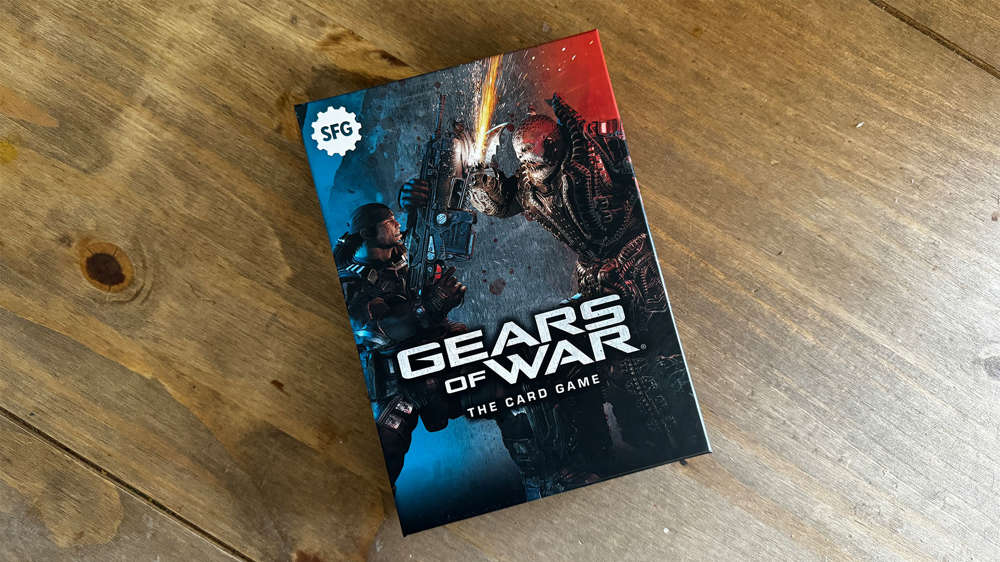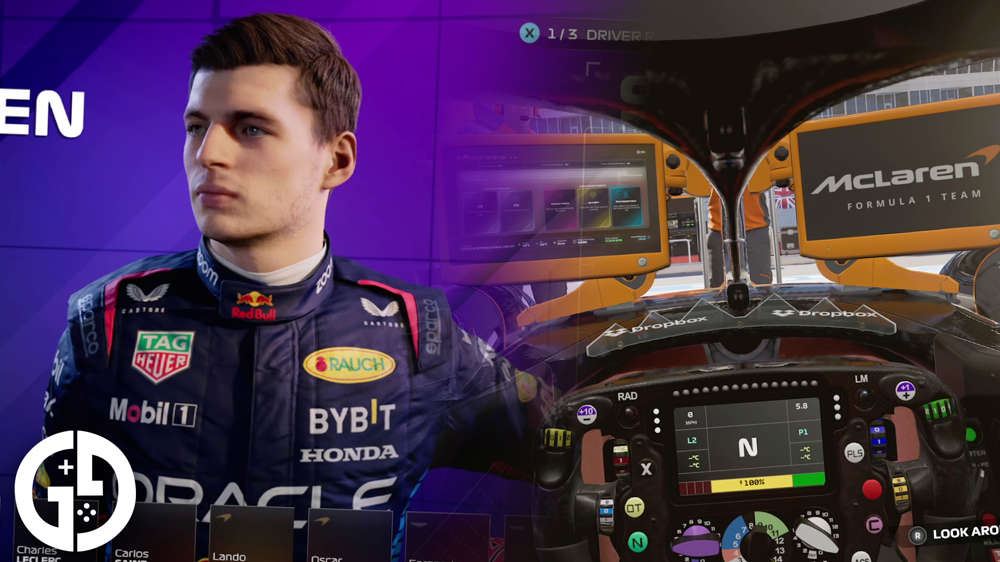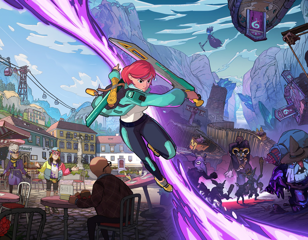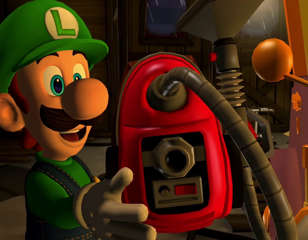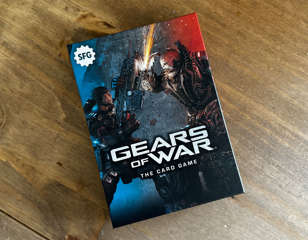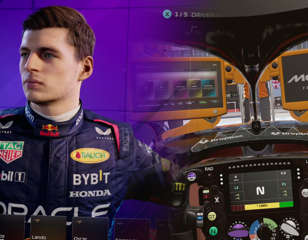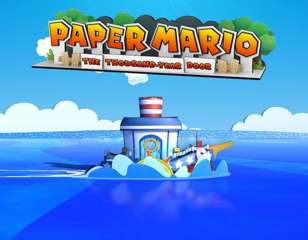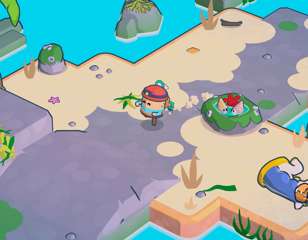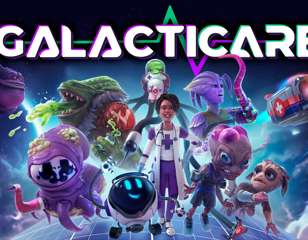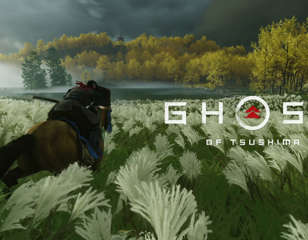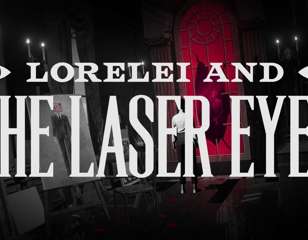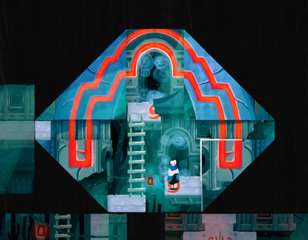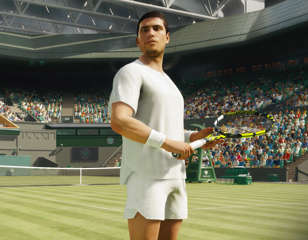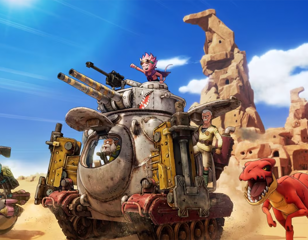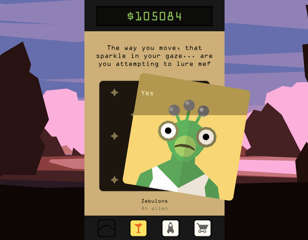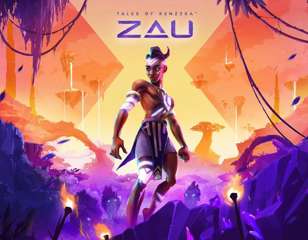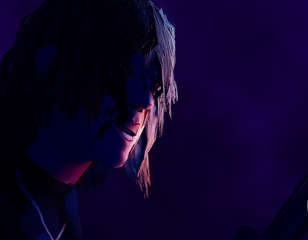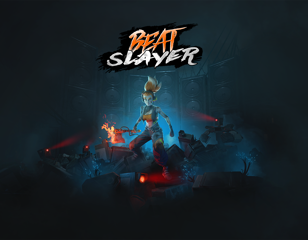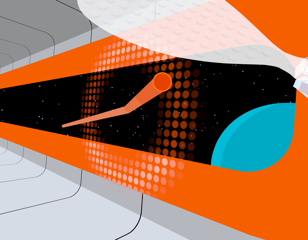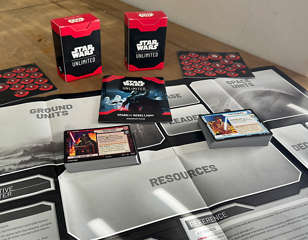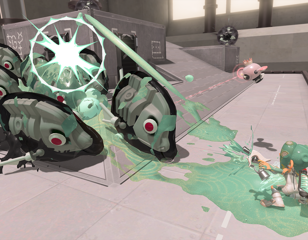Hellboy Web of Wyrd review: The Hellboy game fans have always wanted
In the Web of Wyrd, Hellboy delves into an alternate dimension to find the source of strange events in our world, here is our review of his roguelike adventure.
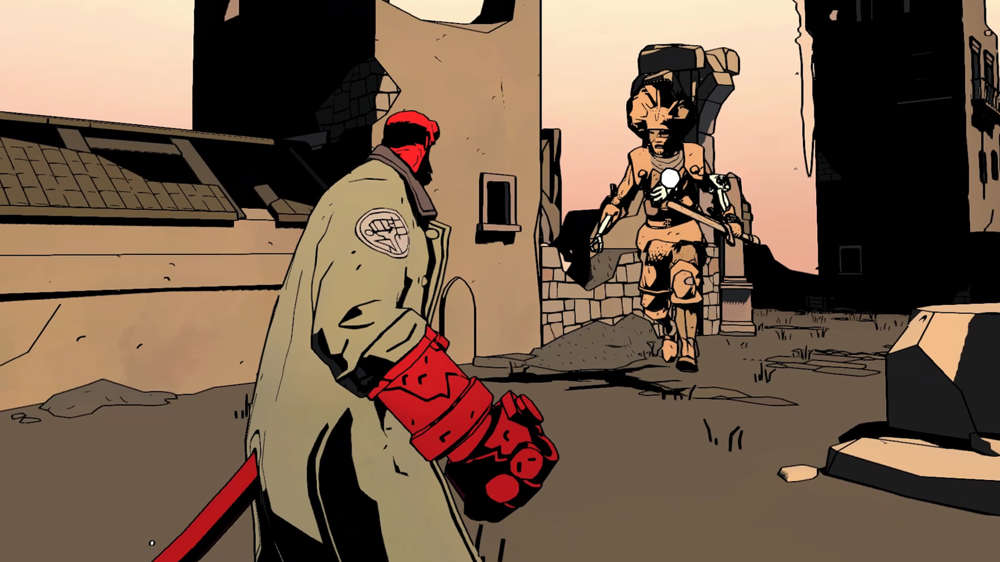
While Hellboy Web of Wyrd is not the strongest example of a roguelike, the depth of its combat and themes more than make up for it. As perfect a representation of the Hellboy comic art as you could get in a 3D video game, Web of Wyrd is the best Hellboy game ever made, and an excellent entry point for new fans.
Images via Upstream Arcade
Platform(s)
PC, PlayStation 4, PlayStation 5, Xbox Series S|X, Xbox One, Nintendo Switch
Released
18/10/2023
Developer
Upstream Arcade
Publisher
Good Shepherd Entertainment
Back in the 90s, video games and comics changed. This was the decade in which video games grew up, and comics grew out. In both, we saw new creators find their voices - to tell stories and create characters that, now 20 to 30 years on, have become tentpoles of our modern culture.
From McFarlane to Kojima, some of our most influential modern creators hit their stride in this time. Among them was comic artist and writer Mike Mignola, whose half-devil creation would go on to become one of the most recognisable designs in comic book and pop culture history.
Now at the tail end of 2023 - 30 years and a couple of months after his inception - Hellboy has a brand new game. Hellboy Web of Wyrd (pronounced more like 'word' than 'weird') is a rogue-lite brawler in which you play as the titular character, delving into a strange dimension and punching pretty much everything you find there.
GGRecon Verdict
While Hellboy Web of Wyrd is not the strongest example of a roguelike, the depth of its combat and themes more than make up for it. As perfect a representation of the Hellboy comic art as you could get in a 3D video game, Web of Wyrd is the best Hellboy game ever made, and an excellent entry point for new fans.
To Hell and back
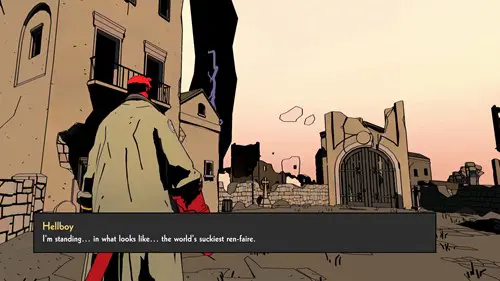
Instantly, the mention of rogue-like elements in the game piqued my curiosity. This is by no means the first appearance of Hellboy in a video game, though, as he has made guest appearances and had several games of his own over the years. However, his solo outings have been fairly generic and not great, in the way that licenced games tend to be.
The fact that Web of Wyrd has a gameplay design beyond 'generic action' is an immediate plus, and is another reason to play beyond the fact that Hellboy is in it - and how it plays out and ties into the Hellboy story is very interesting.
Set in the early 80s, strange anomalies have been recorded across the world, and the BPRD has been sent to investigate. Instead of going to the location of one of these anomalies, Hellboy is sent to Argentina, to a mansion called the Butterfly House. This strange, shifting structure was built by an occultist named Pasquale Deneveaux for the purpose of opening a gateway into the Wyrd - an alternate dimension where the rules of reality are different, and its effects are starting to be felt in our world.
There are several entrances to the Wyrd in the Butterfly House, with each leading to a different version of the dimension, and Hellboy must investigate them to locate the missing owner of the house and find a way to stop the anomalies. This is where the game ties in the roguelike elements, as each visit to the Wyrd is different from the last.
- If you're looking to fly through the streets of New York, check out our Spider-Man 2 review
... In a handbasket
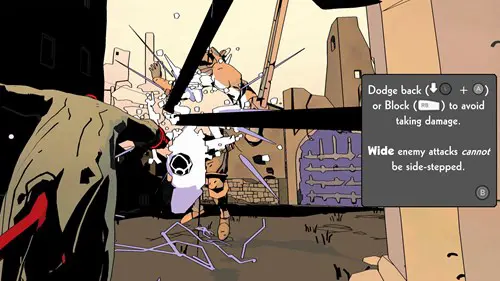
In gameplay terms, you enter the Wyrd and move from one room to another, fighting enemies, picking up buffs, dodging traps, or spending your earned currency on upgrades. Combat is the meat of the game, and of all things, I think Capcom's forgotten but oft-beloved God Hand is the closest thing I can compare it to. Not for the variety of moves, but for that one-on-one, over-the-shoulder camera, hard-hitting brawling style.
Also, both stories feature a protagonist with one particularly strong arm. Further, both Hellboy and God Hand have thematic ties to the legendary manga series Berserk, which is a topic I could write about all day - so suffice it to say, fans of these three very particular properties are likely to be very happy with Web of Wyrd.
The combat is similar to God Hand's but on a much more streamlined, simplified level. Hellboy has two ways to hurt his enemies: Punch and shoot. You can also dodge, block, and use a relic with a customisable effect like pulling enemies towards you, shielding yourself, and dealing health damage that ignores toughness, which adds up to a simple but effective combat system.
In each room you enter, you will face a handful of smaller enemies, led by one, two, or sometimes three larger enemies.
- Our Sonic Superstars review breaks down why we think it's 'stuck in the past'
Fight like Hell
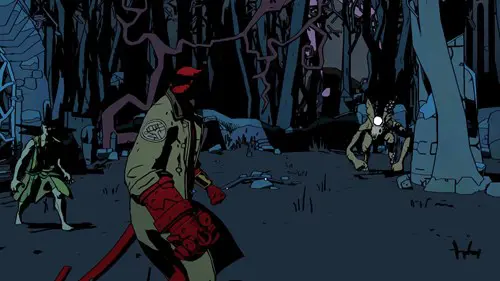
The smaller enemies are largely inconsequential, as your primary goal is to defeat the big bads in one-on-one fights. Initially, this system might seem a bit strange. If you have played other rogue-ish games like Hades you will be familiar with entering a room and taking down all manner of enemies within it.
In Hellboy Web of Wyrd, however, you only need to defeat the large enemies, as doing so will make all the smaller ones disappear immediately.
Even when there are multiple large enemies, for the most part, they will fight you one at a time (at least for the early goings). These single-combat fights are really engaging, as you have to learn the attacks these large opponents perform so you know which way to dodge, and if you can block it.
The game has a toughness system which gives all enemies (and Hellboy) a temporary bar on top of their existing health which must be broken through to do lasting damage, and it regenerates over time. This adds strategy to the fights, as you must manage both your own toughness and that of your enemies. You must determine when to pepper the enemy with strikes to wear down their toughness, when to hold off, and when to go in for the kill.
The rhythm of combat in Web of Wyrd establishes itself early and distinctly, and before you complete your first run, you should have a good grasp of what the game expects of you. The body language of the first enemies you fight rings true throughout the game, meaning once you learn to fight those first few opponents, you will be ready for what comes later.
It's a beautiful thing when a game establishes itself so well that you can enter a new room with enemies you have never fought before, very quickly read their movements, and instantly understand how they fight.
For the Hell of it
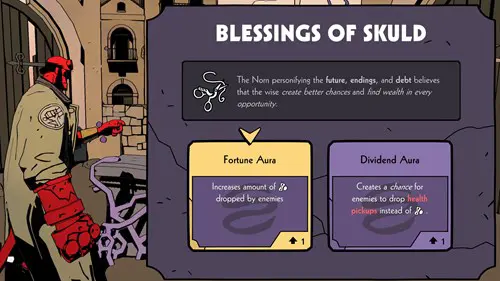
By keeping the basics of combat simple, the game gives the player agency and creativity in fights. Your build might not be as deep as you would like, but combat is always engaging and fun.
This is where some roguelike fans might fall off. This is not a game where you do run after run to see the numbers go up. There are upgrades to unlock and they become increasingly important as the game progresses, but this is not the type of game where you combine certain items and abilities into a hyper-focused build to become a godkiller. You are Hellboy, you punch things, and that is more than enough.
Hellboy Web of Wyrd may not be the deepest roguelike experience, and it likely won't draw over the crowds from Hades or Dead Cells. That said, gameplay-wise it is doing something, which is more than can be said for many licenced games. It has those moments where the mechanics gel together and you feel the game tangibly make sense in your hands, and they are extremely satisfying.
- If you're a VR fan, check out our preview of Assassin's Creed Nexus
The Devil is in the details
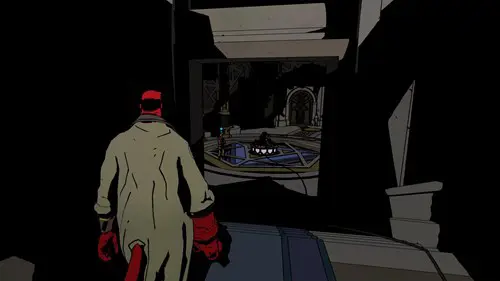
It's a lot of fun to be Hellboy, and it's equally just as much fun to be in the world of Hellboy. The creator of Hellboy, Mike Mignola, has had a direct influence on the development of the game - and it shows. Even as someone only moderately familiar with Hellboy and the works of Mignola, I can feel the soul of the creator in Web of Wyrd.
A defining characteristic of the art of Hellboy is the deep, inky black, the shadows on the page like voids that you could almost fall into. This translates beautifully to Web of Wyrd, and startlingly so.
Video games have often tried to ape the visual style of comic books, with some stand-out achievements such as the Borderlands series and the works of Telltale Games, namely The Wolf Among Us and The Walking Dead. Hellboy Web of Wyrd is easily on par with those games for how well it translates the work of the artist from the page to a 3D polygonal world.
A match made in Heaven

One crowd the game may bring over is the Destiny audience. Mara Junot, the voice of Ikora, plays Tatler, the commander of the mission. Hellboy is played by Commander Zavala himself, Lance Reddick. Reddick's performance is a stark contrast to those of Ron Perlman and David Harbour, but no less authentically Hellboy.
Sadly, this may be the last appearance of Lance Reddick in a video game, as he passed away earlier this year. A undoubted tragedy for his family and friends, and a great loss to the acting world, particularly in the video game space. His voice has been a welcome part of every game he has been a part of, and in Web of Wyrd, he cements his performance as a unique and definitive take on Hellboy.
- Looking forward to the next Football Manager? Here's our recent preview of Football Manager 2024
The Verdict
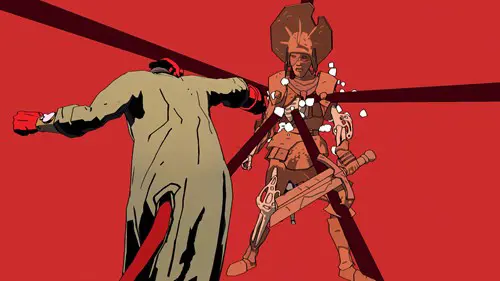
Hellboy Web of Wyrd is the game Hellboy fans have wanted for years: It's authentic to the character and the world, it perfectly translates the art style of the comics, and it has some genuine depth to the gameplay that ties in perfectly with the story and the character you play.
It's hard to imagine the game drawing in many players who wouldn't already have their heads turned by a Hellboy game in the first place, but there's more than enough meat on these bones to create new fans out of those who give it a try. Hellboy Web of Wyrd looks incredible, sounds fantastic, and plays exactly how you want a Hellboy game to play.
If you have ever looked at that massive stone fist on Hellboy's right arm and thought, "I bet it would be a lot of fun to punch big monsters with that", you were correct, and Web of Wyrd is the proof. Especially when those giant monsters are Nazis.
4/5
Reviewed on PC via Steam. Code provided by the publisher.
Comments

